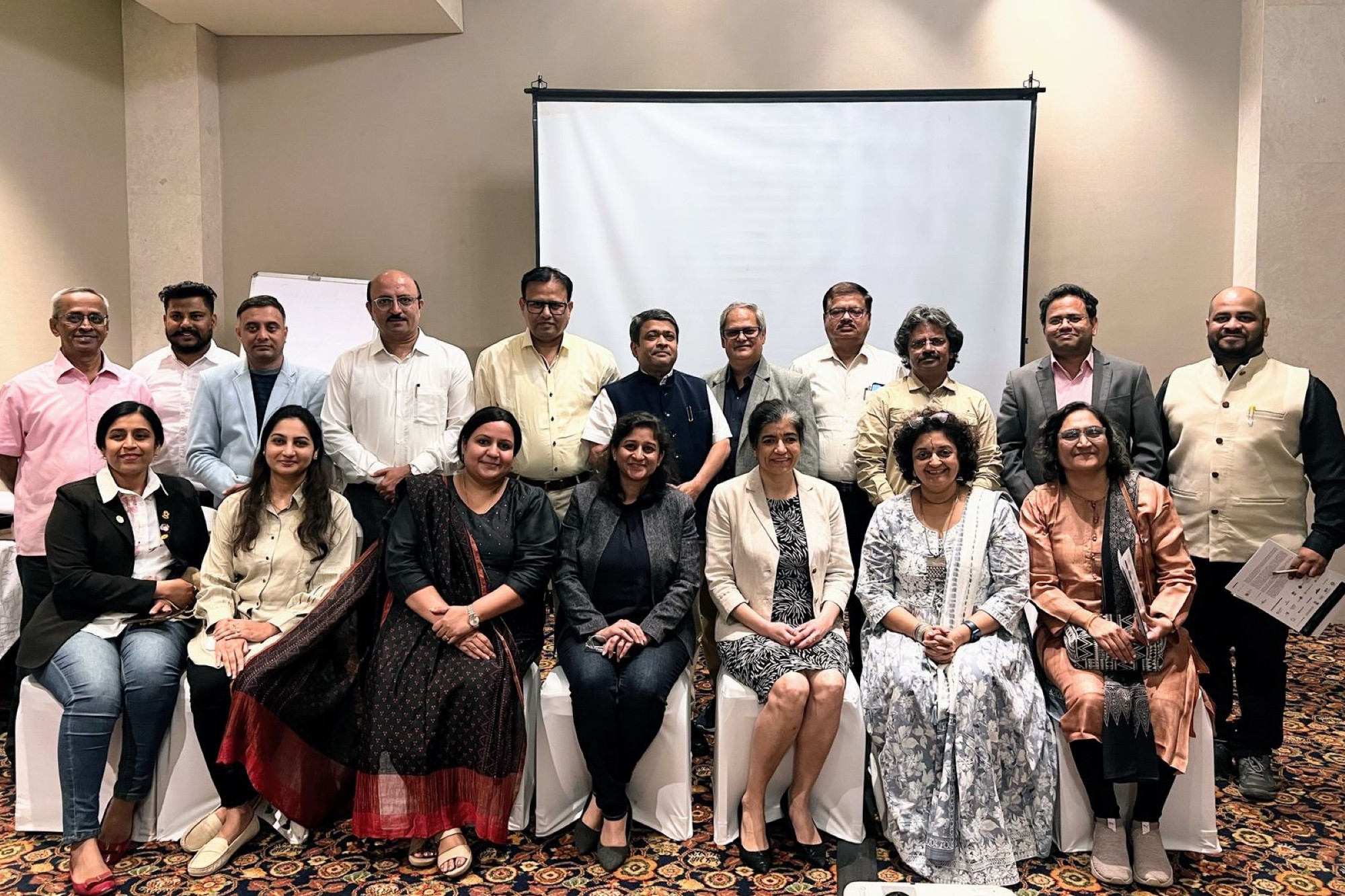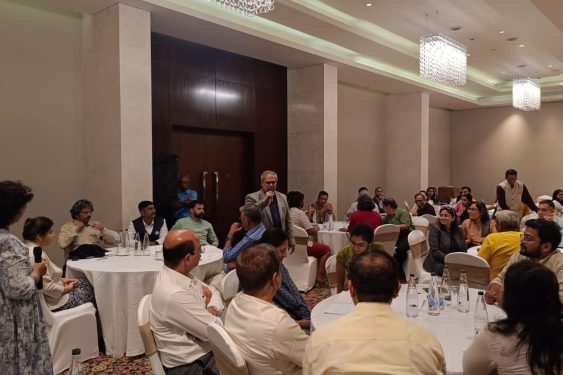A design approach to decarbonisation

The burgeoning demand for housing, especially apartments for sale in Pune, has propelled the city’s real estate sector to record growth, making it one of India’s most sought-after places to live.
Pune, the cultural centre of Maharashtra, is leading the way in India’s urbanisation story, with population, business, and property all growing at breakneck speed. Pune’s dynamic IT sector, strong manufacturing foundation, and flourishing start-up environment have all contributed to the city’s remarkable transformation.
Pune had the most increase in home sales (65 percent) out of the top seven cities in the nation during the April–June 2023 quarter as compared to the same period the previous year. Pune’s real estate environment is becoming more diverse, and initiatives to provide inexpensive homes and co-living spaces highlight the market’s resilience even in the face of economic uncertainty.
But with growth come difficulties. To guarantee sustainable development, careful attention must be paid to environmental concerns, infrastructure addition, and prudent land use planning. Furthermore, energy-intensive processes and material usage in the building industry contribute significantly to carbon emissions, underscoring the need to address the region’s growing environmental issues.

The Decarbonisation Business Charter (DBC) was established in Pune in response to the pressing need for decarbonisation in the construction industry. It brought together important players to promote net-zero buildings and construction methods. The Alliance for an Energy-Efficient Economy (AEEE), Mahindra Lifespace Developers Limited, EcoCollab, and World Resources Institute India (WRI India) have partnered to create the DBC programme. More than 65 industry participants from across India have signed on to cut emissions in their next projects as part of DBC’s efforts to solve common issues and promote decarbonisation plans and activities for value chain participants.
The Decarbonisation Business Charter and the Pimpri Chinchwad Centre of the Indian Institute of Architects’ Maharashtra Chapter (IIA) worked together to boost the local ecosystem’s awareness and capacity building, provide insights into the importance of decarbonisation and its wider implications for the city, and enable the collective identification of actionable points, gaps in the industry, and challenges. A wide range of stakeholders, including developers, architects, sustainability consultants, and city government officials, were present at the event. They exchanged knowledge on decarbonisation interventions and strategies, laying the groundwork for a cooperative and knowledgeable approach to decarbonisation in the area and advancing the country’s net-zero pathway.
The sustainability and harmony with the environment that are inherent in Indian vernacular architecture were emphasised by Ar Paras Netragaonkar, Chairman of the IIA Pimpri Chinchwad Centre. He voiced concerns about the current lack of awareness regarding design that respects the environment and adapts to the climate.He remarked, “As we engage in extensive discussions about the decarbonisation of the sector today, it appears to be a rediscovery of principles that were once ingrained in the past, akin to reinventing the wheel.”
Poorva Keskar, Director, VKe Environmental, highlighted, “Cities are considered to be carbon emission hotspots and contribute towards almost 70 percent of manmade fossil fuel CO2 emissions. The construction sector accounts for 65 percent of these emissions. The Pune Metropolitan Region (PMR), which is spread over a 6,914.26 sq. km. area comprising 814 villages, is predicted to grow at a steady growth rate of 28 percent. If the target of achieving Net Zero by 2070 is to be achieved, the construction sector in the PMR will have to adopt decarbonisation strategies not only for the new building stock but also to work towards retrofitting existing buildings. Adoption of Green Building Certifications, Energy Conservation Building Codes 2017 for commercial projects and Eco Niwas Samhita 2018 for new residential projects will result in an almost 45 percent to 60 percent reduction in the operational carbon of the building projects. It is predicted that the use of green materials and improvements in current construction practices can accrue embodied carbon savings of an average of 20 percent. Using advanced and innovative materials with low embodied energy can reduce the embodied carbon to almost 40 percent. The CO2 captured in the materials gets locked into the project for 50 years until the end of the life of the building. However, the supply chain for building materials with low embodied energy is not yet mature. Efforts will have to be made to strengthen the ecosystem for easy uptake of green materials.”

Dr. Bhaskar Natarajan, Senior Fellow, AEEE, underscored the need for developers, design consultants, and architects to come together and explore solutions to address the pressing need for carbon reduction in building construction and occupation phases. He emphasised, “Prioritising alternative materials and integrating passive design solutions are crucial steps, and it is equally vital to educate consumers about the low-carbon options available in these structures. I urge all stakeholders to actively participate in the Decarbonisation Business Charter, working together to achieve net-zero emissions by 2070.”
Pramod Kumar Singh, Senior Director – Research and Programmes, AEEE, stressed, “Embracing sustainability and net-zero practices positions developers as responsible and forward-thinking contributors to a more sustainable future. This also yields benefits in terms of incentives from the governments and municipalities, making it economically attractive for developers. Several banks have green financing products that provide concessional finance to such developers and projects. Moreover, customers are increasingly becoming environmentally conscious and acknowledging the associated benefits of health and well-being, resulting in the price and the rental premium. India has energy building codes, and the government plans to develop sustainable building codes. In the future, we are likely to see stringent compliance requirements. Committing to sustainability ensures compliance with current and future regulations, avoiding potential legal complications. Furthermore, it enhances a developer’s brand image and reputation, fostering goodwill among various stakeholders. This could be a big differentiator for developers in a competitive market. Sustainability will not remain an optional good-to-do practice but will become the ethical and the legal way of doing business shortly.”
Distinguished dignitaries and industry leaders from the area, such as Makarand Nikam, City Engineer, PCMC; Sanjay Kulkarni, Joint City Engineer (Environment), PCMC; Pratima Washan, Asia ESG & Sustainability Practice Lead, AECOM; Dr. Poorva Keskar, Director, Vke Environmental; Kanagaraj Ganesan, Founder, Integrative Design Solutions; and Roopa Nair, Director and Integrator, Integrative Design Solutions, attended and assisted with the event.
30
Cookie Consent
We use cookies to personalize your experience. By continuing to visit this website you agree to our Terms & Conditions, Privacy Policy and Cookie Policy.








